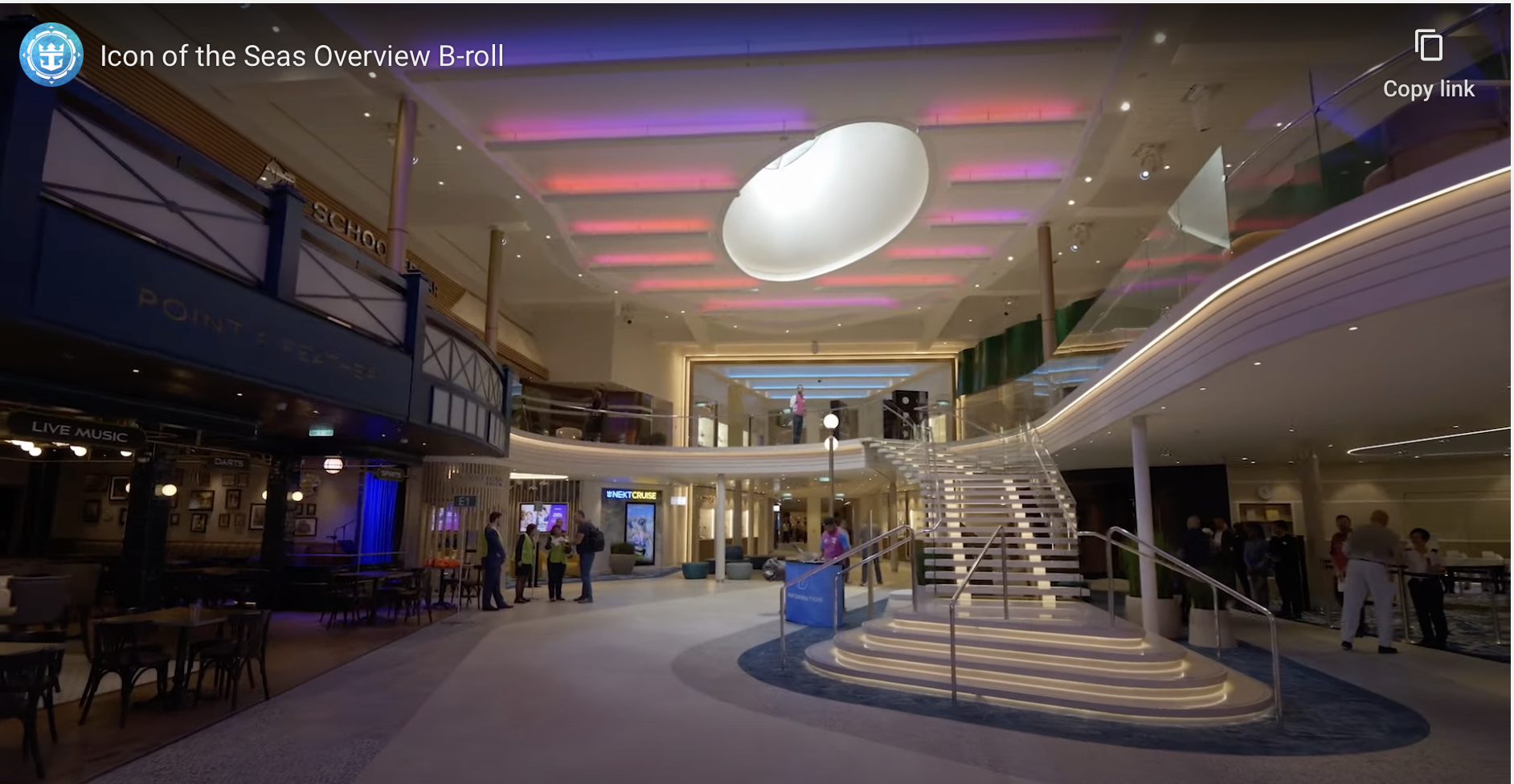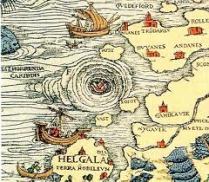Now comes a guest essay by our roaming poet-correspondent Jon Swan, with images added by DP:
An ancient film – it came out in 1950 – called Last Holiday and featuring Alec Guinness, tells the story of a modest farm-equipment salesman who, diagnosed as having a fatal form of cancer, withdraws his life’s savings, buys a set of handsome second-hand clothes and a car, and drives off to spend his last holiday at a posh resort, where he meets and charms influential people, falls in love, and encounters a cancer specialist who assures him that he has been misdiagnosed and has years to live. Overjoyed, our hero hurries back home to prepare for his new life and, swerving to avoid a dog lying in the middle of the road, crashes, and is killed.
Now, here we are – nearly three quarters of a century later and it seems that all those who can afford to travel are hurrying off to spend one last, or next to last, or just one more holiday – in Amsterdam, for example, which was visited by 18 million people in 2016 (a million more than the total population of the Netherlands); or Barcelona (population: 1.7 million), which last year attracted more than 32 million tourists; or the sinking city of Venice (permanent population: 55,000), which annually attracts 20 million milling tourists; and so on. These massive visitations substantiate the observation of German novelist and poet Hans-Magnus Enzensberger: “Tourists destroy what they are looking for by finding it.”

WE FOUND THE CANAL!
It’s not only the presence of so many people in such little space that creates havoc with local customs and prices, as well as the costly problem of collecting and disposing of waste; it’s the way the hordes are arriving, especially those disgorged by cruise ships.In a recent report, NABU, Germany’s Nature and Biodiversity Conservation Union, pointed out that, while cruise ship companies try to make cruising appear an environmentally friendly tourism sector, “one cruise ship emits as many air pollutants as millions of cars.” The press release explained: “This is because sea-going vessels use heavy fuel oil for their engines, a fuel that on land would have to be disposed of as hazardous waste. Heavy fuel oil can contain up to 3,500 times more sulphur than diesel that is used for land traffic vehicles.”
Furthermore, NABU reported,cruise ships lack the kind of exhaust- abatement technologies that are standard in trucks or passenger cars, and the stuff they spew from their snow-white chimneys – black carbon, in particular — contributes “massively” to global warming. “Almost 50 percent of the warming of the Arctic is attributed to black carbon,” the report points out. Coincidentally, an August 29 Rolling Stone article by Jeff Goodell noted: “The Arctic has been heating up faster than any other place on the planet. Last winter, temperatures in the Arctic were 45 degrees Fahrenheit above normal.” The article bore the headline: “The Melting Arctic Is a Real-Time Horror Story — Why Doesn’t Anyone Care?”

CRYSTAL SERENITY ON ICE
While the cruise ships befoul the air at one level, the airplanes that ferry the well-to-do to their vacationland dreams are laying down layers of global-warming C02 in the skies above. In July 2017 The New York Times published an article by Tatiana Schlossberg that bore the headline Flying is Bad for the Planet. You Can Help Make It Better and that starts off by stating: “Take one round-trip flight between New York and California, and you’ve generated about 20 percent of the greenhouse gases that your car emits over an entire year.” According to some estimates, Schlossberg notes, “about 20,000 planes are in use around the world, serving three billion passengers annually. By 2040, more than 50,000 planes could be in service.” Meanwhile, perversely if not irrationally, to encourage “brand loyalty,” airlines reward frequent fliers with so-called free miles.
On July 5 of this year Medium, an on-line platform, published an article by Douglas Rushkoff, a highly regarded media theorist, which bore the headline Survival of the Richest, with the subhead stating The Wealthy Are Planning to Leave Us Behind. It was promptly picked up by The Guardian, which ran the piece under the headline How Tech’s richest plan to save themselves after the apocalypse. The article describes the author’s surprise at being invited, for a hefty fee, not to give a talk but to take part in a series of one-on-one meetings with hedge-fund millionaires anxious to know, for instance, which region will be safest during the coming climate crisis, or how do I maintain authority over my security force after The Event – this being their euphemism for environmental collapse, social unrest, nuclear explosion, and so on. Aware that they would need armed guards to protect their compounds, they wanted to know how would they pay the guards once money was worthless.
They were, Rushkoff writes, “preparing for a digital future that had a whole lot less to do with making the world a better place than it did with … insulating themselves from a very real and present danger of climate change, rising sea levels, mass migrations, global pandemics, nativist panic, and resource depletion.”

SURVIVAL SUPPOSITORY
Both those wealthy enough to cruise or fly in pursuit of happiness and the super-rich are, in all likelihood, not unaware of the diagnosis for our survival as a species on planet Earth – doomed unless we radically alter our priorities, including reducing our dependence on fossil fuels — but appear unable to break the habits that have become symbolic of affluence and proof of our standing in society, or are just part of doing business as usual. We have been everywhere, and now look where we are – our foot on the pedal, going faster and faster, unable – unwilling — to swerve in time to avoid the smash-up of our civilization, not to mention the demise of our reckless species.

˜˜˜˜˜˜˜
















































